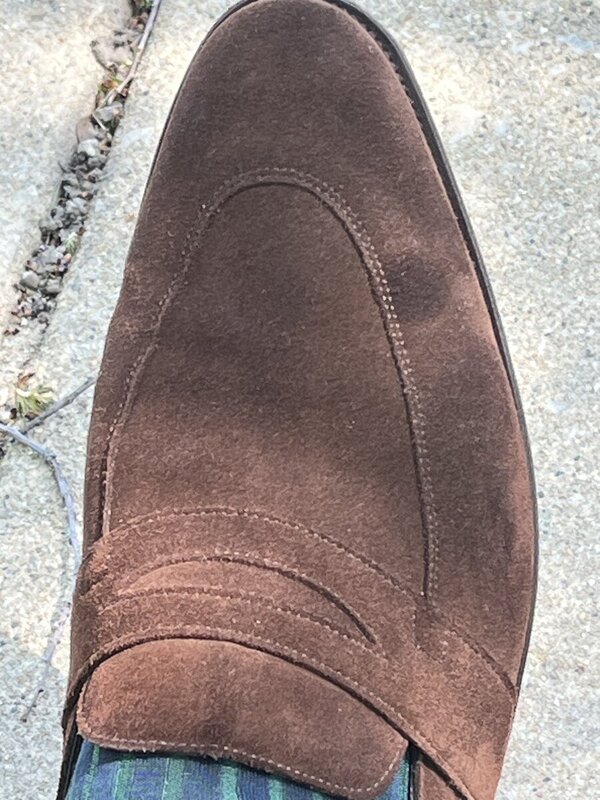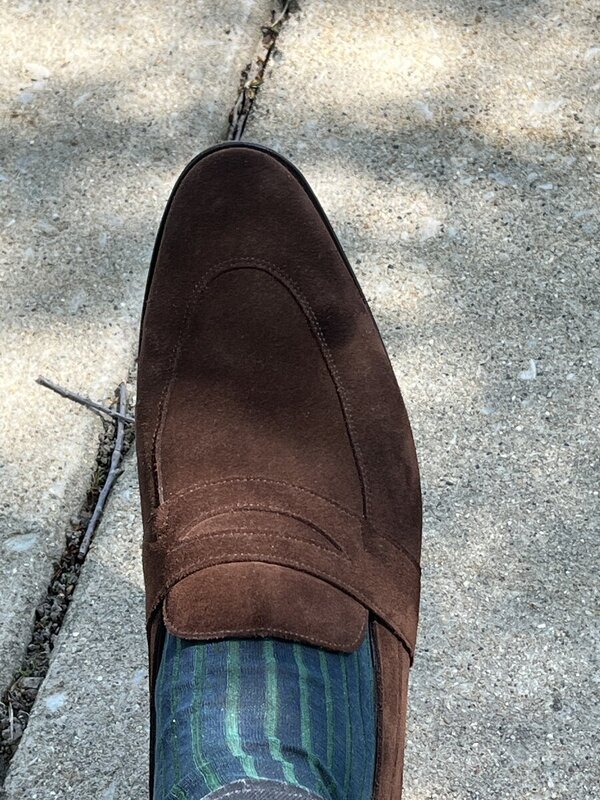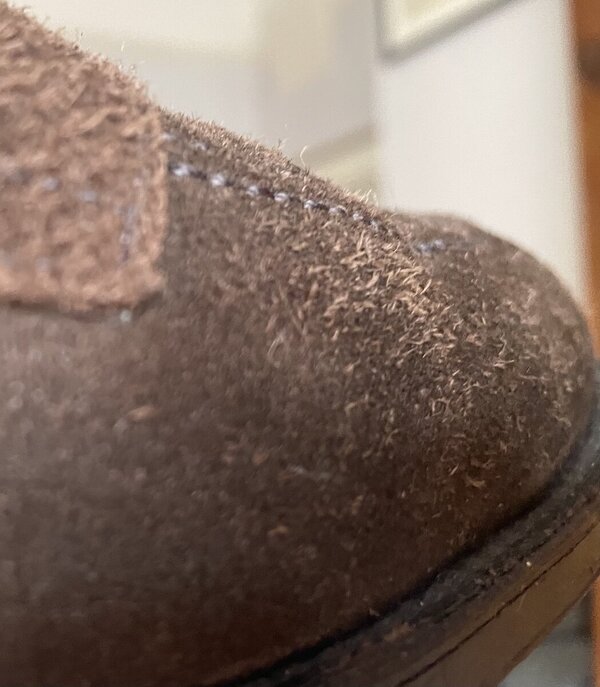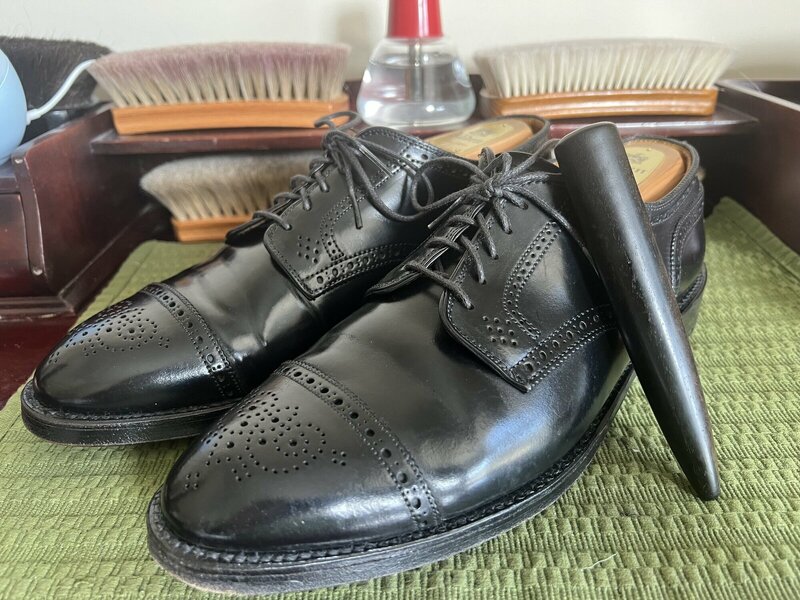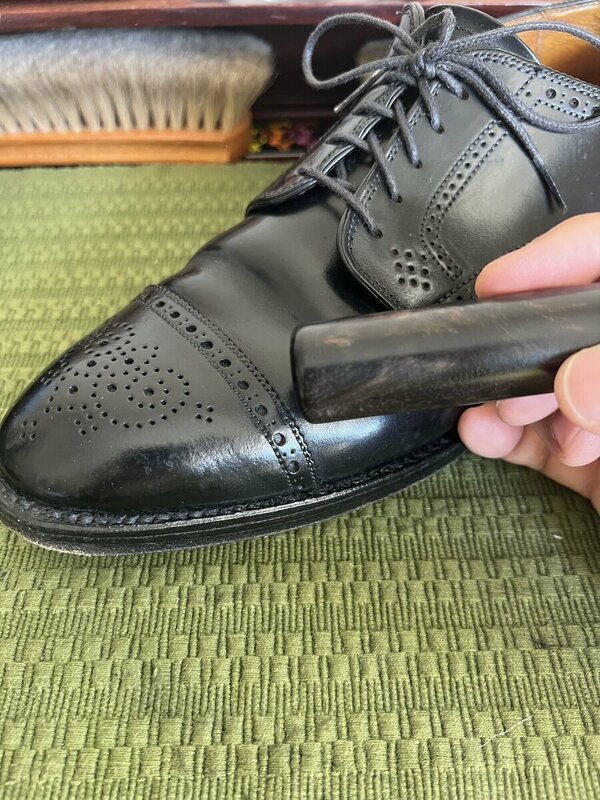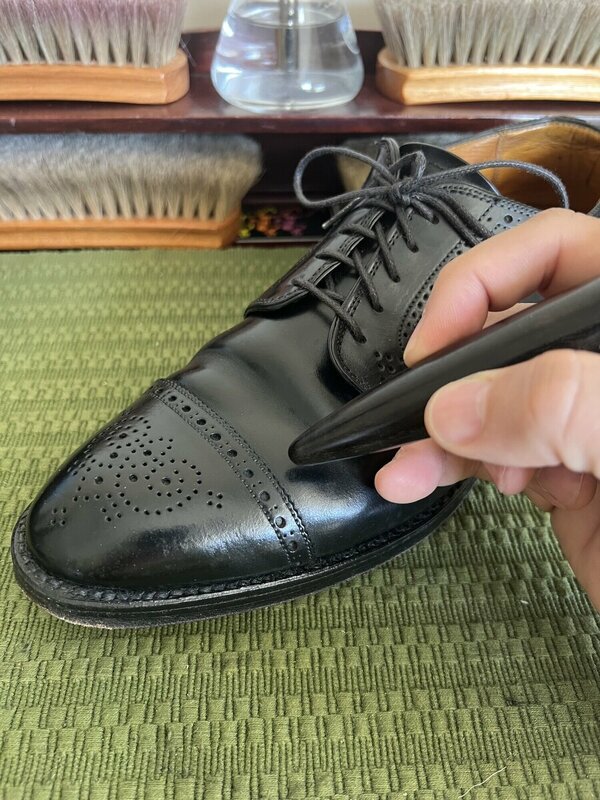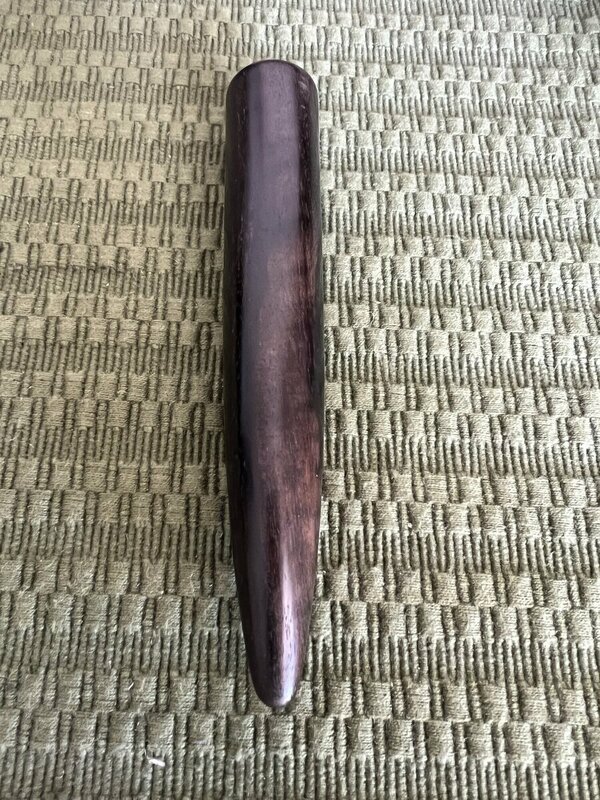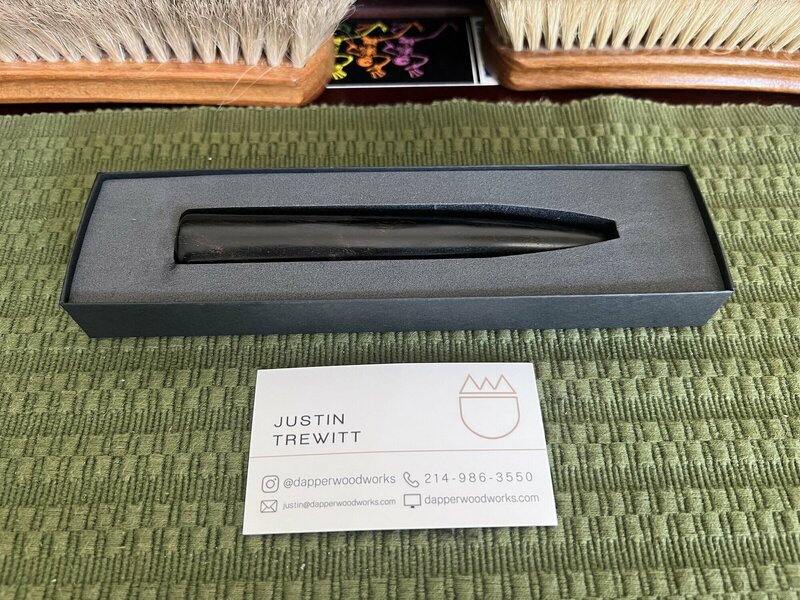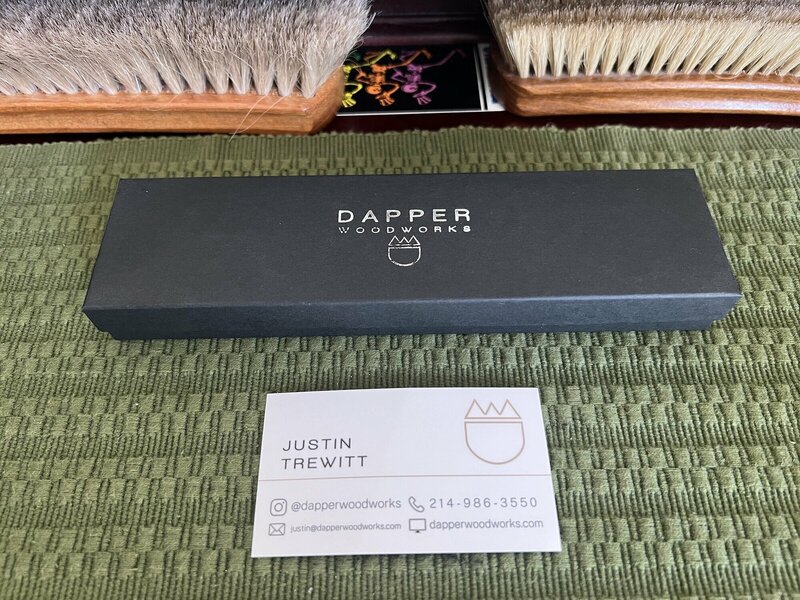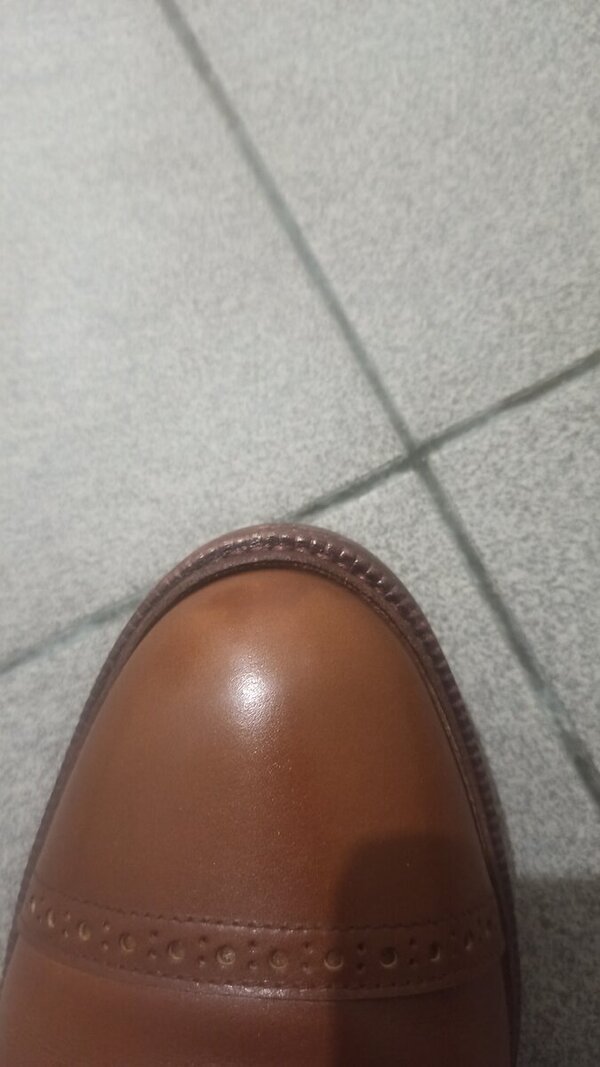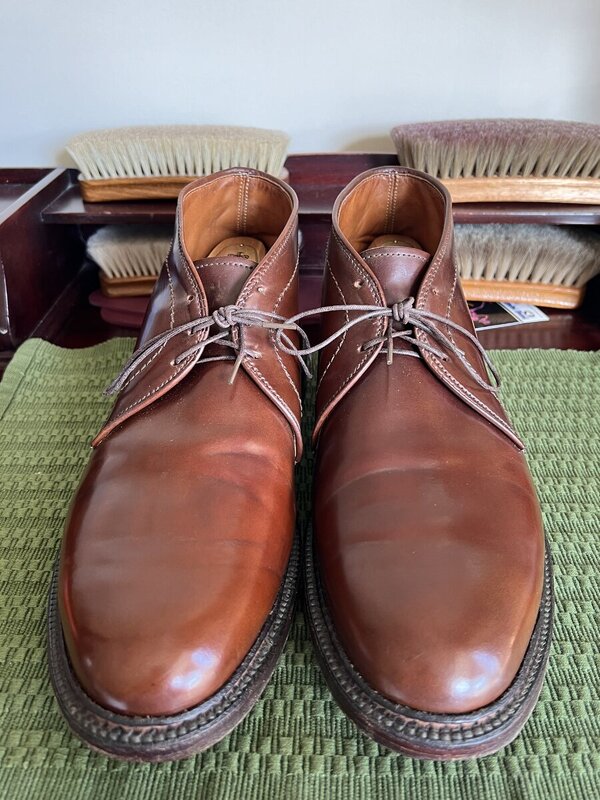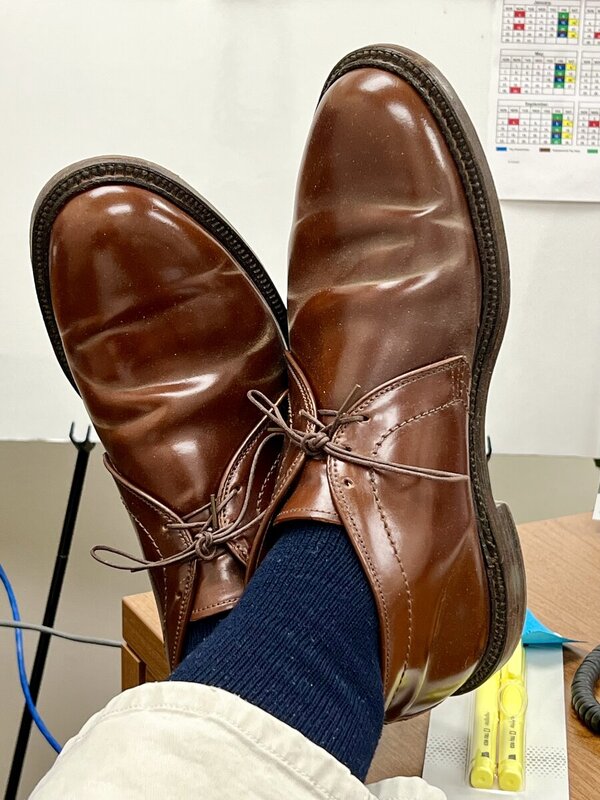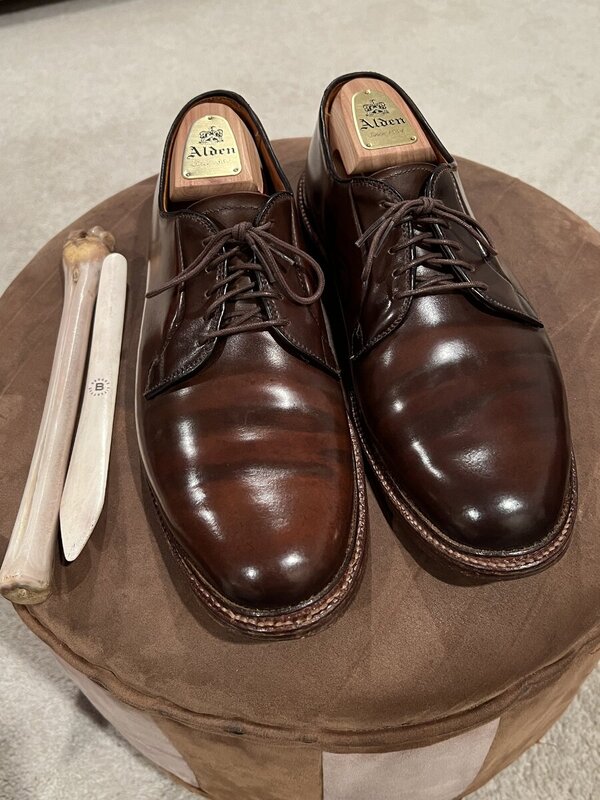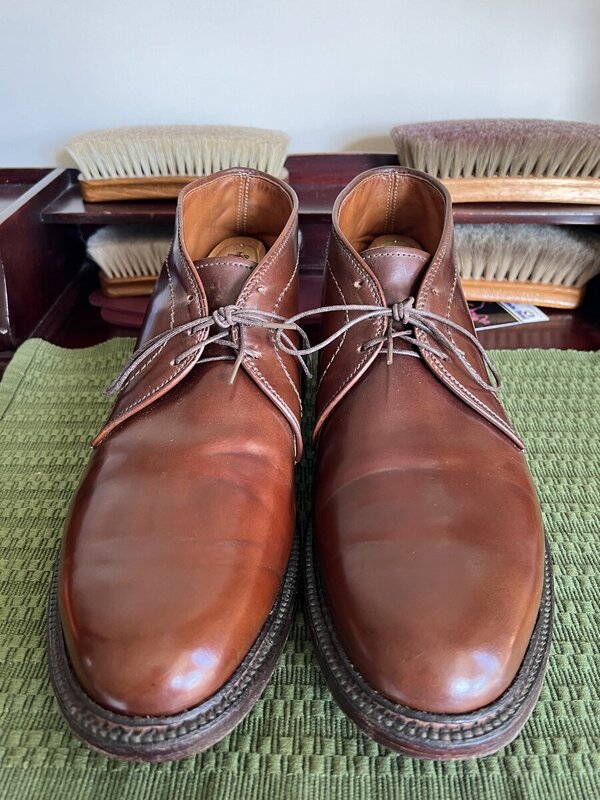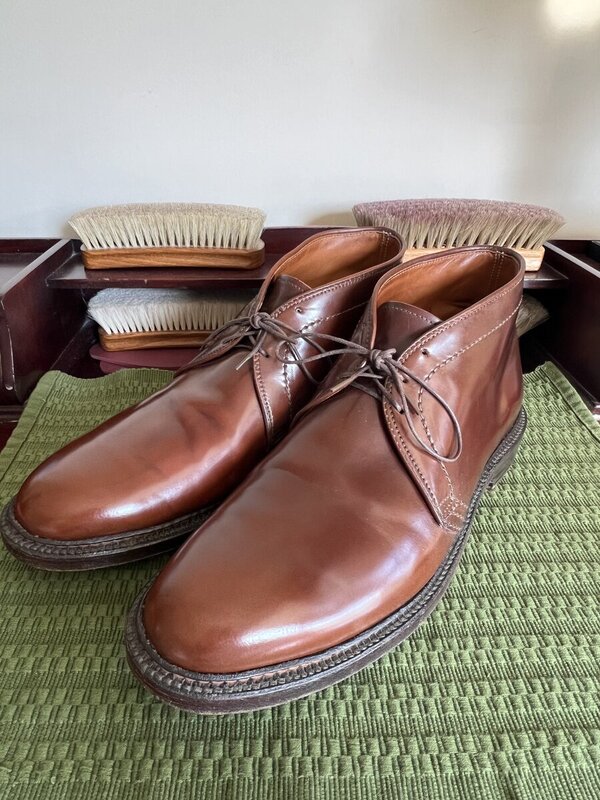JermynStreet
Senior Member
- Joined
- Oct 25, 2012
- Messages
- 575
- Reaction score
- 102
Please explain to me, in how far is shell more durable than calf?
I am surprised that you are asking about this one, as I thought that it was generally accepted and well known. I assume you are familiar with Horween's video on Vimeo?
http://www.styleforum.net/t/119369/shell-cordovan-vs-regular-leather/0_100
http://www.askandyaboutclothes.com/forum/showthread.php?79695-Cordovan-vs-Calf
People swear by it's ability to rebound from damage that would otherwise be permanent in calfskin by rubbing it with some conditioner and/or smoothing it with a deer bone.
One of my favorite statistics is that there are more boots that saw service during World War I still in existence today than boots that saw service during World War II because cordovan was the favored material for boots during World War I. End of this article: http://howtospendit.ft.com/mens-fashion/6955-plenty-of-horsepower
Truthfully, a google search about the durability of shell will show that it would be harder to find sources that say it isn't more durable than calf, rather than the other way around. Way to many results come up that are supportive of the extremely strong nature of shell, so don't think for a second that the above sources are the only ones.
Once again, please explain to me in how far shell does require more skill in manufacturing than calf.
Horween dubs it "the art of tanning at it's finest": http://horween.com/leathers/shell-cordovan/ Obviously they sell it, so there is a degree of sales pitching going on, but since they make many many types of leather, they are also in a great position to determine which one is the "finest" as far as an artform is concerned.
When making shell cordovan, there is definitely skill involved in sorting, separating, cutting, and identifying the shell which is not a process involved in making calfskin. With calf, the hide is removed from the animal and the tanning process begins in earnest. The shell area of the horse requires skill to isolate and properly make once it is removed from the rest of the horse hide. Again, in the video above, you can see many manufactering steps that each require skills not needed in manufactering calfskin... from the isolating of the shell area, to the cutting of it, to the shaving it down (but not shaving too much), to the glass-rod polishing, etc. Just because they make it look easy doesn't mean it isn't a skilled process. It often requires many years of experience to make something "look" easy.
This article from Gentleman's Gazette is a good read: http://www.gentlemansgazette.com/cordovan-leather-from-horween/ The article points out that "Because of it's qualities, beauty and durability, it found its way to Spanish royalty, who facilitated the spread of cordovan leather throughout Europe and the world through marriage with other royal families."
"In the late 19th century, German tanners had mastered the art of tanning shell cordovan butts. The product was sold as "Spiegelware", which literally translates to "mirror goods.""
"Around the same time, German and Dutch tanners imported the skill of cordovan tanning to the U.S. In the early 20th century, American tanners further improved the tanning techniques to make it softer and more appropriate for shoes."
"The tanning of cordovan takes about six months and more than a hundred processes and therefore, very few tanneries remain in the world that can still produce this kind of leather."
Rarity never was and never will be a characteristic of quality.
Perhaps agree to disagree here. This is a subjective statement, just as the definition of quality is subjective. The definition of quality as defined here: http://www.merriam-webster.com/dictionary/quality seems to fit into much of the information I have presented here. Rarity often goes hand in hand with social status or exclusivity, and one of the fitting definitions of quality is social status or rank.
MWS-just wanted to commend your efforts again on a well thought out, well organized addition. Thank you for your valuable contributions! I wish I could construct such complete and supported responses in as little time as you do. Right on.


















